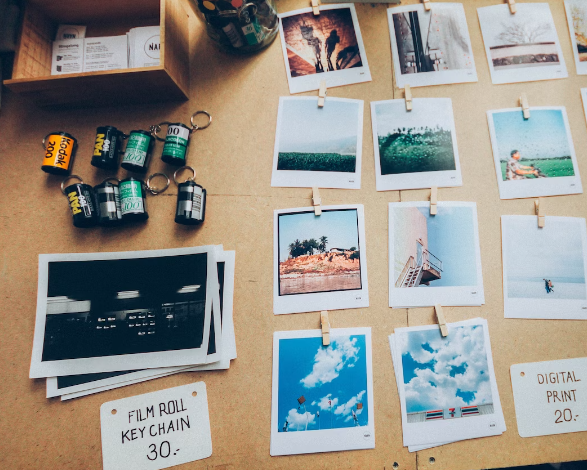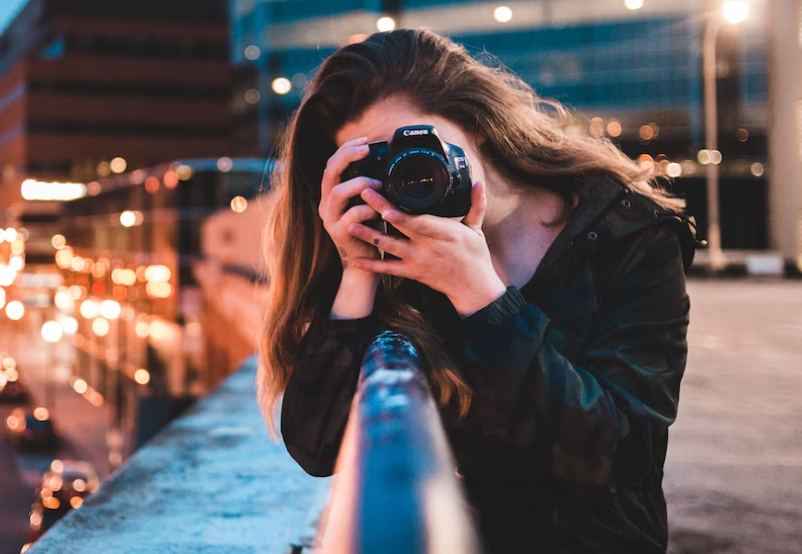Photography is one of the most popular art forms, and for good reason. With the right tools and techniques, you can create stunning images to convey your message or tell a story. In this article, we’ll take a look at some of the basics you need to master to take great photos.

What camera to buy?
There are so many different cameras on the market that it can be difficult to decide which one to buy. Here are some tips for buying a camera:
If you are a beginner, you may want to buy a beginner camera. These cameras are usually cheaper and have basic features such as camera lenses and photo sensors. If you’re not sure if you want to stick with photography, buying a beginner camera is a great way to start without spending too much.
If you’re budget-conscious, you might want to consider buying a used camera. eBay is an excellent source for finding used cameras, and sometimes you can find very good deals. Be sure to read the seller’s description carefully to make sure the camera is in good condition and meets your needs.
How to choose the perfect lens?
Choosing the right lens is one of the most important steps in perfect photography. With so many lenses to choose from, it’s hard to decide which one best suits your needs. In this article, we will discuss some tips on how to choose the perfect lens for your photography needs.
The first thing you need to do is decide what type of photography you want to do. Do you want to shoot landscapes or portraits? Would you rather use a wide-angle lens or a telephoto lens? Once you’ve decided on the type of photography you want to do, you need to decide which type of lens is best for that style.
Tips for Shooting in Low Light and in the Studio
If you’re like most photographers, you like to take beautiful photos in low light. But shooting in low light can be a challenge. Here are some tips to help you take the perfect photo in low light:
1. Use a tripod. A stable shooting platform helps reduce camera shake and makes it easier to take perfect photos.
2. Shoot in RAW format. This format allows you to adjust brightness, contrast, and other settings in post-production, which helps improve the quality of your photos.
3. Use a slower shutter speed. A slow shutter speed helps capture the fine details of the subject without blurring it.
4. Use less flash. If you do use it, make sure the flash is set to auto mode and pointed at the floor or ceiling instead of the subject. This will help reduce glare that can ruin the photo.

How to create a great background?
Creating a beautiful background for your photography can be a daunting task. But with the right tips and tricks, this can be a relatively simple process. Here are five tips to help you create backgrounds that look good and fit your photography style:
1. Choose a place with plenty of natural light. Natural light is usually the best light source for your subject, and the most consistent. When shooting outdoors, try to find a location with lots of trees or other vegetation to provide shade and add interest to the background. When shooting indoors, consider using natural light from windows or lights.
2. Use props and accessories to create depth and texture. Many photographers use props and accessories to add dimension and texture to the background. This can be anything from an umbrella to a plant. Experiment with different textures and shapes to create interesting patterns and designs.
3. Use a white background to create contrast and emphasis. An easy way to spice up a background is to use a white background. This helps create a contrast with your subject and emphasizes certain features or areas in the photo. You can also experiment with different shades of white to get the desired effect.